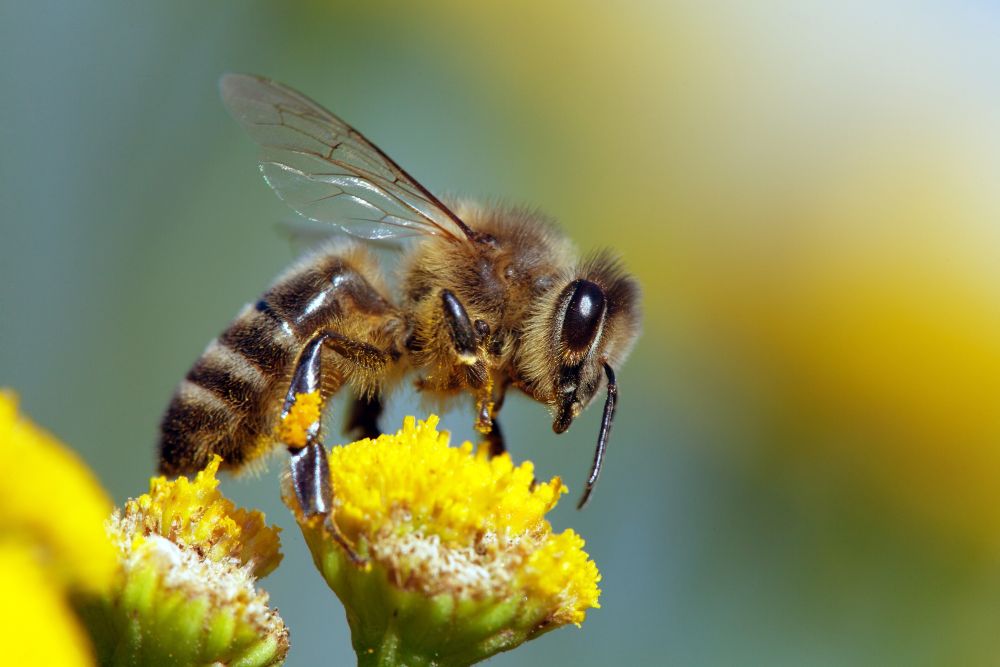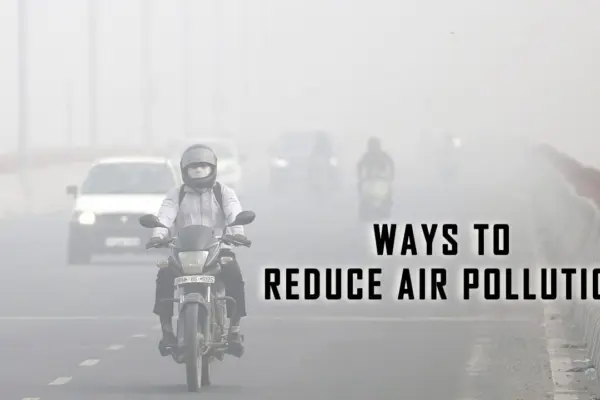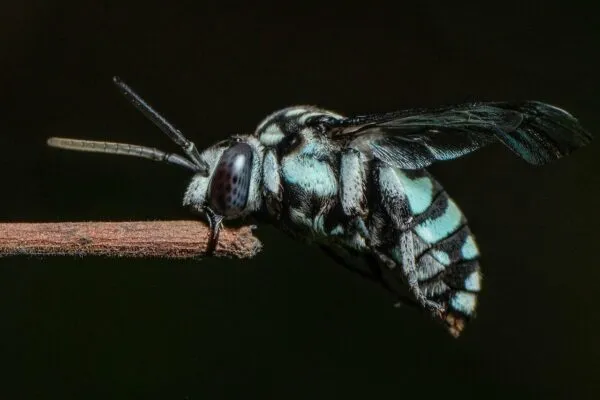Wild Pollinators Suffocating Amidst Air Pollution in India
Air pollution in Indian cities is no news. According to the World Health Organization (WHO), nine of the world’s 10 most polluted cities are in India. While much study has been conducted on the effects of air pollution on humans, the aspect of the same on other species has been barely studied. Recent research has revealed the effects of air pollution on pollinators, especially bees.
Published in Proceedings of the National Academy of Sciences, the study suggests that wild pollinators are suffocating in air pollution in India emitted through traffic, construction and landfills. The Giant Asian honey bee, Apis dorsata, is the size of a human thumb and roams wild across India, particularly cities; and is a crucial producer of honey and pollinator of crops.

According to a study, wild pollinators are suffocating in air pollution in India | Image: Live Science
A Bangalore-based team of scientists worked for the past four years studying 1,800 wild Giant Asian honey bees. The study showed that bees moving within the city were covered with tiny polluting particles, had low blood cell counts and pollinated fewer flowers in comparison to their rural counterparts.
Moreover, over 80 percent of the bees collected at sites with moderate to high levels of pollution died within a day, whereas over 80 percent of bees collected in rural areas survived.
Also Read: Wild Bees Pollinate Over $1.5 Billion Worth of Crops in North America
The team used a species of lab-bred fruit fly to act as a control species. The fruit flies underwent the same health impacts after 10 days of exposure to Bangalore air pollution, suggesting the findings could be valid to all insects around the world.
Even though Bangalore has cleaner air than other Indian cities like Delhi, pollution levels are higher than in cities in the UK. The average amount of particulate matter known as PM2.5 is around 25 micrograms per cubic meter in Bangalore, whereas London’s average is 13.3 micrograms per cubic meter.
While both cities fail to meet a criterion considered safe by the WHO, the team’s findings must prompt a review of how safe levels of pollution are determined, with extensive research to focus on wildlife.
As a result, any long-term physiological or behavioral impacts of urban air pollution will also impact the pollination services these wild pollinators provide to agricultural and forest areas.


